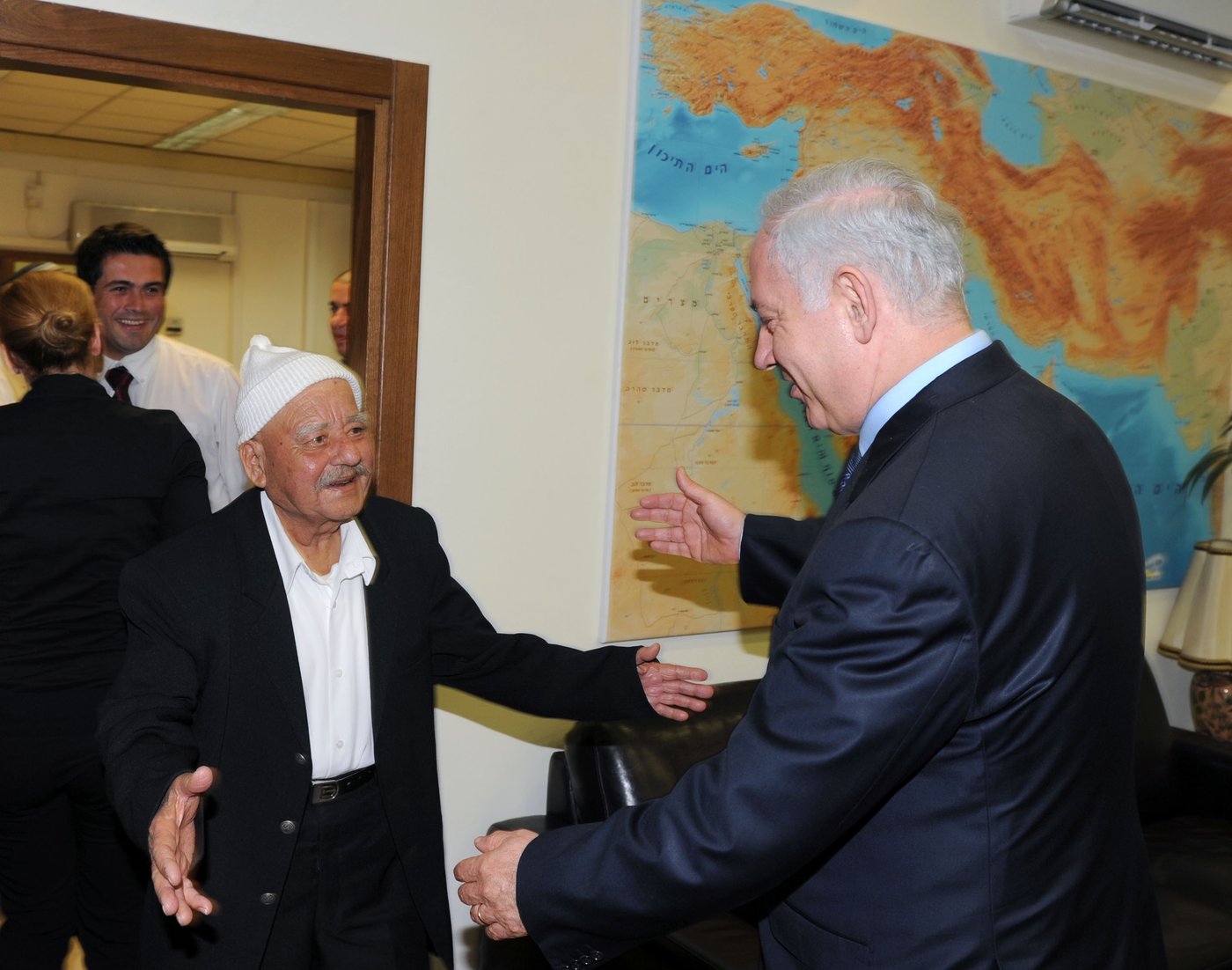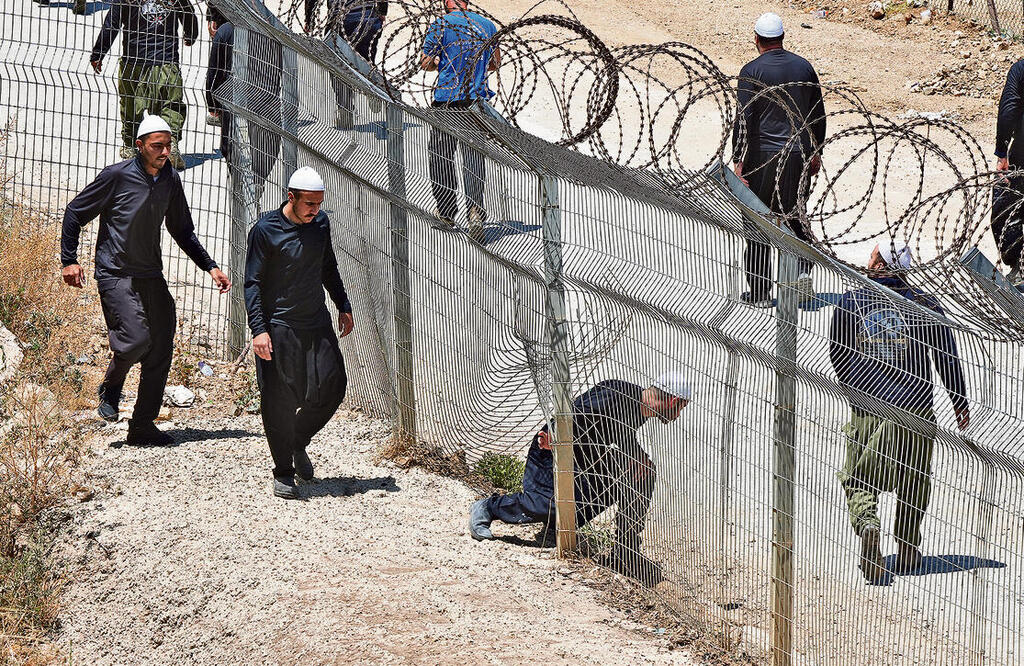To my readers – honest disclosure
If my readers and subscribers were wondering where I had disappeared to in the past year and a half or so ,the truth be told, since October 7th, 2023, I have been pretty much incapable of writing. If you are not aware of what happened to Israel on that date, please Google it.
The way it affected my writing in a direct way was that my grand planned project Israel’s Best. still in diapers, had been undermined and compromised, and hence repeatedly postponed, delayed, and almost aborted, The overwhelming realities surrounding me, demanding my active involvement, physical and emotional, in the social upheavals here, made writing about the best of Israel difficult. Between volunteering, protesting and just freezing in place, alternating feelings of frustration, defiance, fear, powerlessness, sadness, anger and despair kept overwhelming my creative self.
Nonetheless, I still consider my move to Israel’s North an absolute blessing, even though it inevitably brought the war with Hezbollah to my doorstep, while Jerusalem, hosting Al Aksa mosque, was generally spared. My Kibbutz did not suffer directly, but we had to run repeatedly to the security rooms, missiles were flying overhead all around us, we smelled the fires and heard the falls. Still, my home is like a womb, offering much privacy, away from the maddening crowds, and I am surrounded by Nature, Land and nice, excellent people. I grow much of my own food in my garden, which gives me peace and a feeling of some control, and my life, other than the politics and the security situation, is actually fairly nice.
Did the Druze plight break my writing block?
Before the national events affected my zeal for writing, I actually did start a new subsection on this website, “Galilee and Northern Israel – an Experiment in Co-Existence“, being fascinated by the rich human tapestry of the Galilee. And indeed, this is what this area is about – a mosaic of cultures, histories, landscapes, natural riches and ways of life, which in normal times seem to work fairly well together.
In that mosaic, the Druze, a minority to be found almost exclusively in Israel, Lebanon and southern Syria, plays a very important and unique part.
On May 15th this year, I participated in a day trip to four Druze villages in the Lower Galilee. I took elaborate notes of every word our celebrated tour guide, Mr. Nir Keinan, uttered, as well as pictures. The idea rose to write about the Druze, an ethnic group I sympathize with, am fascinated by and care for its well-being and survival. But still I procrastinated for all the above reasons.
Today, the Druze are at the center of the news, and my writing bug was activated again.
Essentially, I felt that there is no clearer, better cause for me right now to concentrate on. Bringing this wonderful group of people to the front, acknowledging their amazing contribution, appreciating their underlying values – all these played a part in a period when I find it very difficult to differentiate between good and bad, lies and truth.
As I started working on the topic, I saw that one post wouldn’t do it justice. More and more sub topics sprang up, amassing to the size of a small project. Eventually the subject branched into 7 separate articles, all listed in the box below, with their links. Like life itself, the topics overlap, so organization will not be perfect and some repetitions were unavoidable. Bear with me and enjoy getting acquainted with this wonderful group of people.







This Post Has 0 Comments